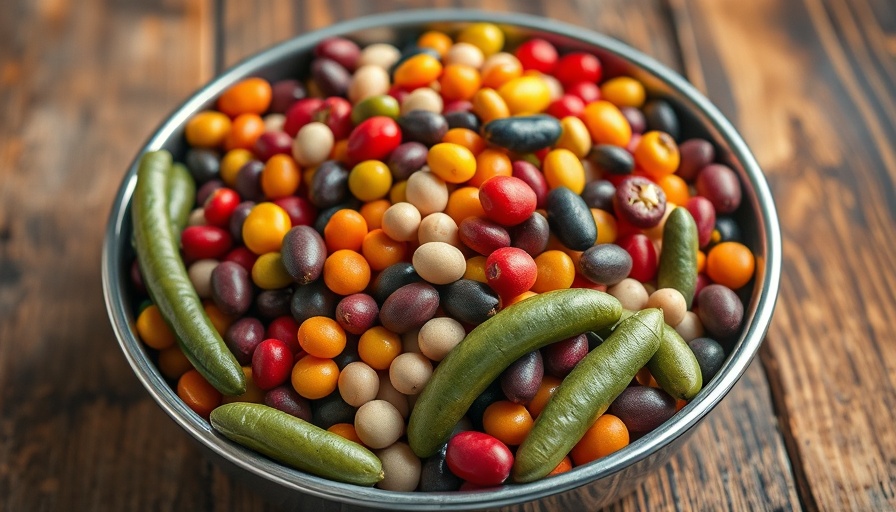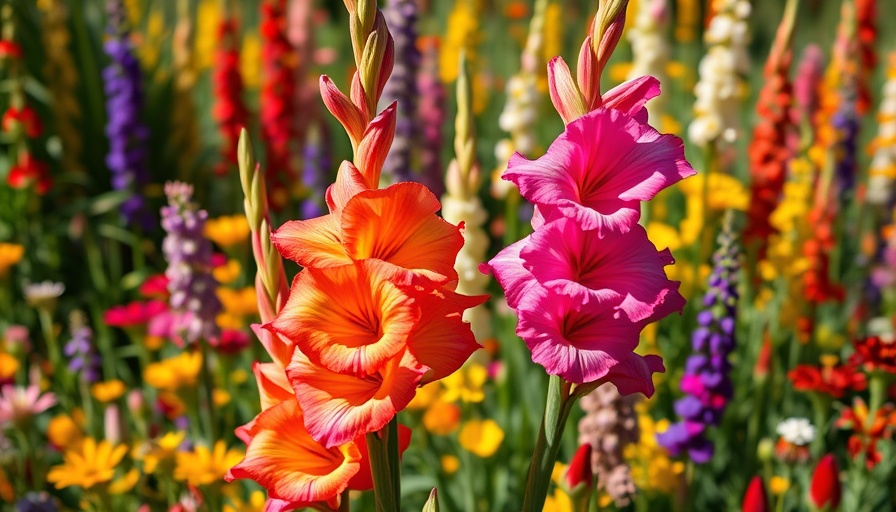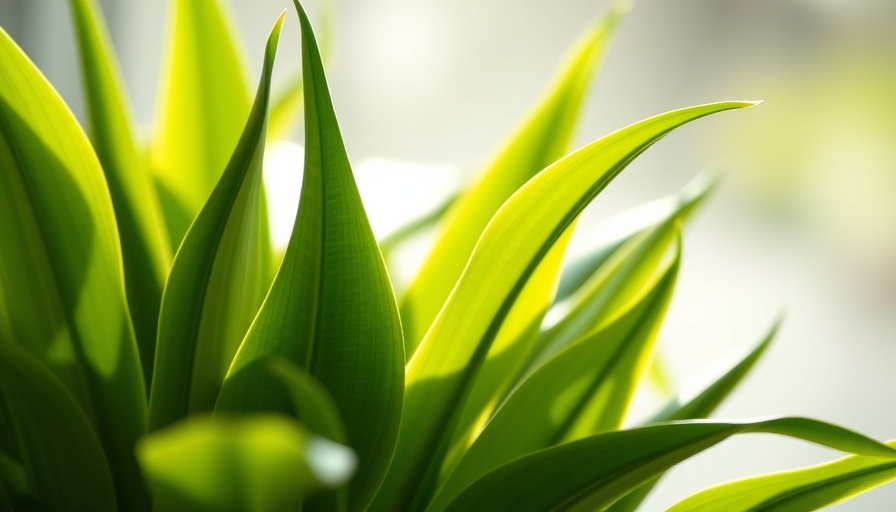
The Great Debate: Bush Beans vs. Pole Beans for Your Garden
Choosing between bush beans and pole beans can be one of the most pivotal decisions when planning your vegetable garden. As someone who rarely buys green beans from the store due to their waxy taste, I find growing my own to be a rewarding experience that brings freshness and flavor to my meals. In this article, we’ll delve into the key differences, pros, and cons of each bean type to help you make the right choice for your garden.
Understanding the Differences: Bush vs. Pole Beans
First, let’s break it down. Bush beans are compact and typically grow to about 20 inches tall, making them perfect for gardeners with limited space. In contrast, pole beans can reach heights of around 6 feet and need a trellis for support. Their growing habits mean that bush beans often yield large harvests within a few weeks, perfect for canning or quick feed, while pole beans provide smaller, consistent harvests throughout the season until the first frost.
Which Type to Choose for Your Space?
When deciding which type of bean to cultivate, consider your garden space. Bush beans thrive in linear rows and can be easily incorporated into small gardens, while pole beans maximize vertical space, making them suitable for smaller plots. Ask yourself: Do I want a larger batch of beans at once, or prefer a steady supply throughout the summer? If you enjoy frequent fresh-eating without overwhelming harvests, pole beans might suit you better.
Tips for Growing Each Type of Bean
Regardless of your choice, here are a few essential tips for both types of beans:
- Plant Timing: Wait until well after the last frost, as beans thrive in warm soil. Ideal planting is after your area’s average last frost date.
- Watering: Beans require consistent moisture, particularly during flowering. Aim for about an inch of water per week, adjusting based on rainfall.
- Harvesting Techniques: For both varieties, harvest beans while they are still tender and avoid letting them become overripe.
Another important aspect is crop rotation; mixing bush and pole beans can prevent soil depletion while also providing visual appeal in your garden.
Maximizing Your Harvest with Succession Planting
If you favor bush beans but worry about excess produce at once, consider succession planting. Plant one batch and then follow up 2-3 weeks later with another, ensuring a staggered harvest that keeps you in fresh beans without the overwhelm.
Your Final Decision: Where Do Your Preferences Lie?
The choice ultimately depends on your gardening style and culinary preferences. Personally, I lean towards bush beans due to their ease of management and the ability to allocate my trellis space for other favorites like cucumbers and squash.
As a final thought, whether you choose bush beans or pole beans, both provide ample opportunity for enjoyment in the kitchen and satisfaction in the garden. Getting started is easy, and soon you’ll savor the fruits (or rather beans) of your labor!
Ready to dig deeper into your gardening journey? Explore the various types of seeds available and get insights on making your garden the best it can be today!
 Add Row
Add Row  Add
Add 




Write A Comment